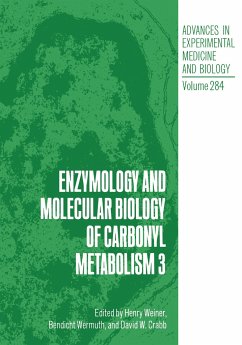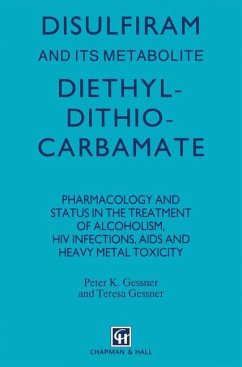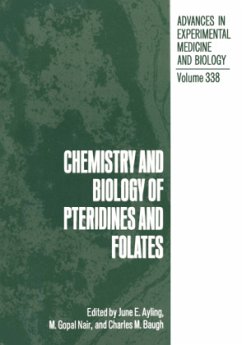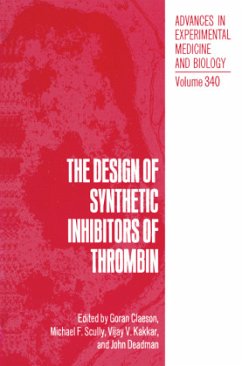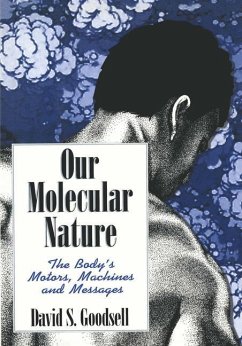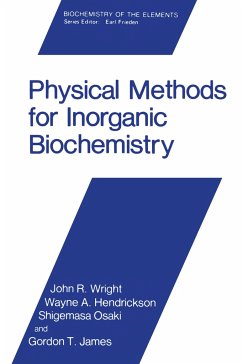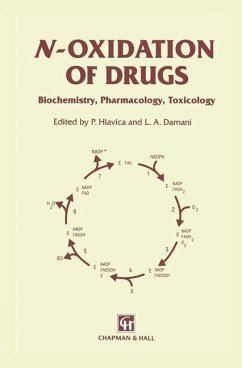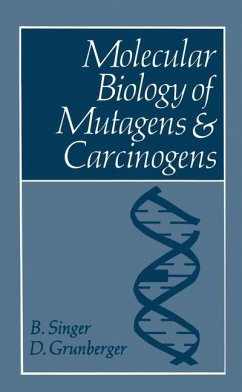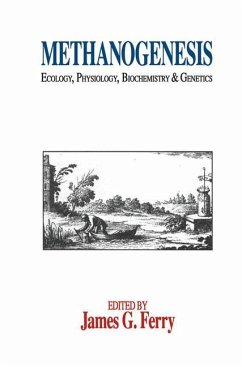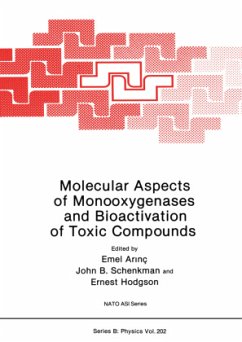
Enzymology and Molecular Biology of Carbonyl Metabolism 5

PAYBACK Punkte
20 °P sammeln!
Since the inception of these meetings in 1982, they have always been a satellite of the International Society for Biomedical Research on Alcoholism meeting. At our 1992 meeting in Dublin we learned that the next ISBRA meeting would be held in Brisbane, of all our previous meetings, I was very concerned Australia. As the scientific organizer about holding a meeting in the Southern Hemisphere for fear that many of our potential participants would not travel that far. I am pleased to say that I was proven to be incorrect. Nearly 90 scientists from a dozen countries participated at our seventh con...
Since the inception of these meetings in 1982, they have always been a satellite of the International Society for Biomedical Research on Alcoholism meeting. At our 1992 meeting in Dublin we learned that the next ISBRA meeting would be held in Brisbane, of all our previous meetings, I was very concerned Australia. As the scientific organizer about holding a meeting in the Southern Hemisphere for fear that many of our potential participants would not travel that far. I am pleased to say that I was proven to be incorrect. Nearly 90 scientists from a dozen countries participated at our seventh conference. At this meeting, like at all our previous ones, much new information about the three enzyme systems was presented. Of equal importance was, like at all our previous meetings, the extreme openness of the participants to discuss ideas, future directions and unpublished data. On behalf of all the participants I wish to express our sincere thanks to our Massey University colleagues for the excellent organization of this Palmerston North, New Zealand meeting. These included Kathryn Kitson, Michael Hardman, Paul Buckley, Trevor Kitson and Len Blackwell. At this meeting a few new innovations were introduced. Though posters are common at many meetings, bush walks and visits to nature preserves to see kiwi birds Our hosts were able to secure support from the International Union of Biochemistry are not.





